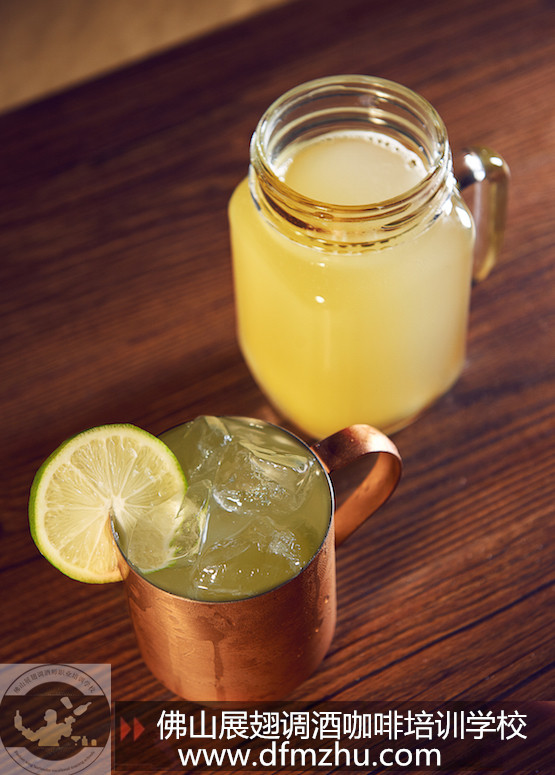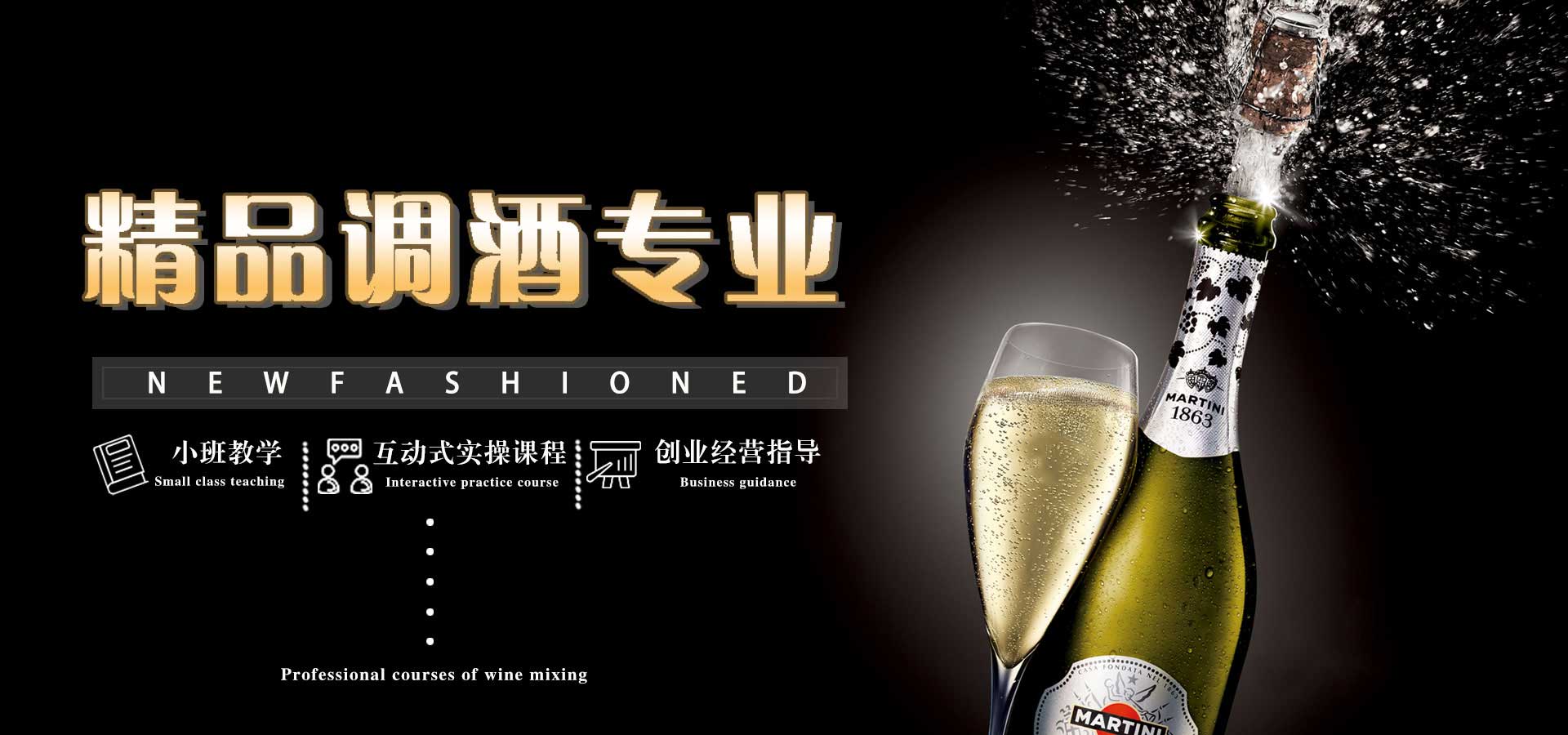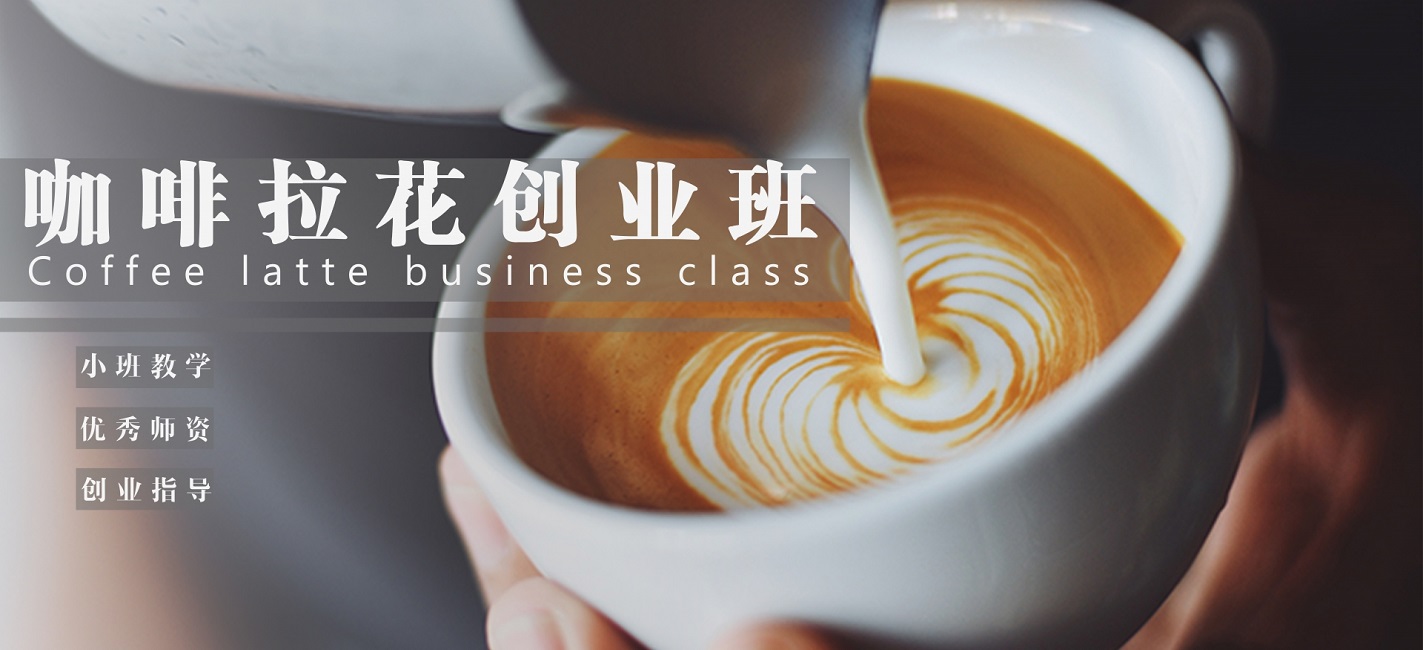- 花(huā)式调酒培训
- 英式调酒培训
- 咖啡拉花(huā)培训
- 西点师培训

- 手机:
- 15875537554
- 電(diàn)话:
- 0757-83205361
- Q Q:
- 2315340140
- 邮箱:
- FSzhanchi@163.com
- 作者: dfmzhu
- 来源: 佛山(shān)展翅调酒师學(xué)
- 日期: 2015-04-03
- 浏览次数: 2315 次

With a bit of preparation and forethought, these so-called “living teas” can add some unique characteristics to your cocktails. 如果处理(lǐ)得当,这些所谓“活着的茶”能(néng)够為(wèi)鸡尾酒带来独一无二的特质。
四处寻找鸡尾酒新(xīn)原料的调酒师们早就搭上了美食趋势这趟顺风車(chē)。而在过去数年间受健康食品达人追捧的康普茶再次证明了这一点。康普茶是一种发酵茶:尽管鸡尾酒和所谓的健康“功能(néng)食品”似乎风牛马不相及,但它凭借自身巨大的调酒潜力受到了全球调酒师们的欢迎。当然,调酒师早已习惯了和发酵液體(tǐ)合作——想想葡萄汁、糖蜜和大麦吧——它们大都是在受控条件下细心生产,采用(yòng)了特定的酵母菌株和发酵温度。而康普茶的特点稍有(yǒu)不同。它是在加糖的茶中加入由细菌和酵母组成的菌种(称為(wèi)SCOBY,意為(wèi)“细菌和酵母的共生菌落”),生成一种带少许气泡的低酒精饮品,酒精度通常為(wèi)1度左右。在发酵期间,酵母产生了酒精,细菌又(yòu)将酒精转化成醋酸。这有(yǒu)点像食醋的制作过程。最后生成的酒富有(yǒu)质感,酸中带甜,非常适合用(yòng)于调制鸡尾酒。由于具有(yǒu)酸味,康普茶可(kě)以用(yòng)作酸味剂。记住,鸡尾酒中的酸味不一定来自柑橘类水果,而甜味也不总是来自糖浆。
Bartenders have long piggy-backed on food trends when looking for new ingredients for their cocktails. Increasingly fashionable with health-food aficionados in the past few years, kombucha – a fermented tea pronounced “kahm-booch-ah” – is the latest example. While, on the face of it, cocktails and so-called healthy “functional foods” make unlikely bedfellows, the tea has become increasingly popular with bartenders around the world drawn to its eminently mixable characteristics. Of course, bartenders are used to working with fermented liquids – think, grape juice, molasses, barley – most of them are very carefully produced under controlled conditions, with specific strains of yeasts and fermentation temperatures. Kombucha, though, is a slightly different prospect. Starting with a sugar-sweetened tea, a “starter”, or “mother” culture, of bacteria and yeast, known as a SCOBY – “symbiotic colony of bacteria and yeast” – is introduced to produce a lightly sparkling and faintly alcoholic drink (usually around one per cent abv). During the fermentation, yeasts produce alcohol, which are then converted in to acetic acid by the bacteria – kind of like how vinegar is produced. The result is a textured, sweet-sour liquid perfectly suited to balancing cocktails. With its tart profile, kombucha tea can be used as a souring agent – remember, the acid in a cocktail doesn’t always have to come from citrus, just as sweet doesn’t have to come from sugar syrup.
更妙的是,标准的康普茶可(kě)以用(yòng)新(xīn)鲜水果或香料调味,甚至还可(kě)以和其他(tā)茶混合后装瓶,进行二次发酵。这会产生更多(duō)气泡,因為(wèi)剩下的酵母会释放二氧化碳。如果处理(lǐ)得当,这些所谓“活着的茶”能(néng)够為(wèi)鸡尾酒带来独一无二的特质。
Even better, standard kombucha tea can be flavoured with fresh fruits or spices or even blended with other teas and bottled for a second fermentation. This produces extra carbonation as the remaining yeasts give off carbon dioxide. With a bit of preparation and forethought, these so-called “living teas” can add some unique characteristics to your cocktails.
康普茶在美國(guó)颇為(wèi)流行,但最著名和最成功的康普茶手工鸡尾酒来自伦敦Artesian酒吧。这款名為(wèi)迷彩的鸡尾酒以金酒、美國(guó)佬味美思、胡萝卜、青柠汁、檀香糖浆、苦精和35毫升康普茶调制而成,盛放在铜菠萝中,得到了國(guó)际酒类媒體(tǐ)的广泛报道。Artesian调酒师主管Alex Kratena表示,如果条件有(yǒu)限,从商(shāng)店(diàn)購(gòu)买的茶是不错的代替品。“我们以前是自制,但很(hěn)快发现无法制作出足够的量。”他(tā)说。现在他(tā)们用(yòng)的是一个商(shāng)业品牌,但Kratena坚称制作过程“简单得很(hěn)”。不过有(yǒu)些地方必须小(xiǎo)心。“最重要的是,和任何发酵液體(tǐ)一样,如果用(yòng)密封(玻璃)容器来装,它就是一个真的会爆炸的定时炸弹!”他(tā)建议用(yòng)塑料瓶来装——至少在你熟悉碳酸化的程度以前。由于中國(guó)有(yǒu)各种各样的茶,Kratena表示你可(kě)以通过试验来找出效果最好的那种,但要避免使用(yòng)格雷伯爵或其他(tā)以油调味的茶,因為(wèi)它们会干扰SCOBY的成長(cháng)。
While the tea is popular in the US, probably the best known and most successful example of a kombucha craft cocktail comes from Artesian in London. Widely buzzed-about in the international drinks press, Camouflage, served in a brass pineapple, mixes gin, Cocchi Americano, carrot and lime juice with sandalwood syrup, bitters and 35ml of kombucha tea. Artesian’s head bartender Alex Kratena says store-purchased tea is a dependable stand-in if space, and time, is limited. “We used to make our own – but we soon realised we weren’t able to keep up with production,” he says. They now used a commercial brand but, still, Kratena insists the brewing process is “dead simple.” Some caution is advised, though. “Most importantly, as with any fermenting liquid – if stored in closed [glass] containers, it’s a time bomb that can literally explode!” Plastic bottles are advised, he adds, at least until you’re familiar with the rates of carbonation. With so many different types of tea available in China, Kratena suggests experimenting to see which ones work best (but avoid Earl Grey or other oil-flavoured teas as they interfere with the growth of the SCOBY).
有(yǒu)些酒吧在试验其他(tā)发酵原料。伦敦White Lyan可(kě)能(néng)是世界上最前卫的酒吧之一,它以一种类似的方法来制作风味成分(fēn),用(yòng)于瓶装鸡尾酒。酒吧经理(lǐ)Robin Honhold对他(tā)们的布鲁克林酿造进行了解释。它是一款瓶中发酵鸡尾酒,从经典的布鲁克林鸡尾酒改编而来。“它和康普茶有(yǒu)所不同,康普茶没有(yǒu)将酒精转化為(wèi)醋酸的第二次发酵(也就是说没有(yǒu)SCOBY)。相反,我们将果酱融化于茶中,生成一个可(kě)发酵的基底,让它变成酒。然后我们对酒进行强化以终止发酵,将酒精度提高到醋酸菌落不再生效的水平,从而终止氧化作用(yòng)。”Honhold说他(tā)使用(yòng)了多(duō)种不同的花(huā)茶来营造不同的风味。“但下一步可(kě)能(néng)是去除控制因素,看看使用(yòng)SCOBY和直接使用(yòng)酵母或醋酸细菌能(néng)否产生不同结果。”
Some bars are experimenting with other fermented ingredients. White Lyan, in London, likely one of the world’s most forward-thinking bars, uses a similar technique to produce flavour components for its bottled cocktails. Venue manager Robin Honhold explains how the bar devises the ingredients for its Brewed in Brooklyn, a bottle-fermented reboot of the classic Brooklyn cocktail: “It’s not quite the kombucha method in that we don’t allow the second stage of fermentation of alcohol to acetic acid [in other words, no SCOBY]. Instead, we dissolve jam in tea to create a fermentable base then throw some yeast in and allow it to become wine. We then fortify this wine to stop the fermentation, bringing the abv above the point where a lactic-acid bacteria colony could take effect, stopping oxidation in the process.” Honhold says he’s used a number of different flower teas to create different flavours. “But probably the next step is to remove the control element and see if using a SCOBY instead of straight yeast or lactic acid bacteria produces different results.”
不过,使用(yòng)康普茶不一定复杂。我发现用(yòng)生姜或苹果味康普茶代替姜汁啤酒能(néng)為(wèi)莫斯科(kē)骡子带来有(yǒu)趣而明显的复杂度(配方见下方)。当然我还是要提醒一句:尽管味道可(kě)能(néng)很(hěn)好,但酒液中剩余的酵母和细菌即使在过滤后也可(kě)能(néng)很(hěn)不悦目。建议使用(yòng)不透明的鸡尾酒容器。
Still, using kombucha doesn’t have to be complicated. I found simply using a ginger- and apple-flavoured kombucha tea instead of ginger beer adds an interesting and easily realised layer of complexity to a Moscow Mule (see recipe, below). A word of advice, though: while they might taste delicious, the residual yeast and bacteria that remains in the liquid, even after straining, can be off-putting – use an opaque serving vessel.
康普茶骡子
由伦敦Hide Bar调酒师Paul Mathew创作
50ml 伏特加或金酒
10ml 青柠汁
150ml 生姜和苹果康普茶*
1滴 安高天娜苦精
在铜质马克杯中调匀,以青柠装饰。
*如何制作康普茶:将三升水煮沸,熄火后加五到八枚茶包和一茶杯糖,待茶冷却至室温。将大玻璃罐以沸水消毒,倒入茶。加入菌液(网上很(hěn)容易买到;三升水加300毫升)。将SCOBY(网上購(gòu)买)放入玻璃罐,盖上一层干净的细布。将玻璃罐置于温暖黑暗的环境中至少一周(发酵时间越長(cháng),茶的甜度越低、酸度越高)。把SCOBY拿(ná)出来,留着下次用(yòng)。将大部分(fēn)康普茶滤入干净的瓶子里并密封,在玻璃罐中留好下次的用(yòng)量。在这一阶段添加风味。在室温下静置两到五天,不能(néng)见光。每天检查,释放聚集的二氧化碳后再次密封。冷藏终止发酵和碳酸化,然后就可(kě)以用(yòng)了。保质期為(wèi)一个月。
**任何制作生姜和苹果康普茶:在消过毒的容器中倒入一升康普茶,加一茶勺生姜粉和50毫升苹果汁。分(fēn)批装入消过毒的瓶子里,在黑暗温暖的环境中静置两到五天。过滤后上桌。冷藏可(kě)保存一个月。
Kombucha Mule
By Paul Mathew, Hide Bar, London
50ml Vodka or Gin
10ml Lime juice
150ml Ginger and apple kombucha tea*
1ds Angostura bitters
Build over ice in a copper mug; garnish with lime.
*To make kombucha tea: bring three litres of water to the boil; remove from heat, add five to eight tea bags and one cup of sugar; leave the tea to cool to room temperature. Sterilise a large glass jar with boiling water, then add tea. Add starter tea (easily purchased online; add 300ml for three litres). Place SCOBY (purchase online) into the jar and cover with fine, clean cloth. Leave jar in warm, dark environment for at least a week (longer fermentations equals more less sweet, more acidic tea). Remove SCOBY and save for new batch. Strain most of the kombucha into clean bottles and seal; leave enough in the jar for next batch. At this stage, add flavour. Leave to stand for two to five days at room temperature in a dark space; check each day to release build up of carbon dioxide, then reseal. Refrigerate to stop fermentation and carbonation; then serve. Keeps for one month.
**To make ginger and apple kombucha tea: add one teaspoon of grated ginger and 50ml apple juice to one litre of kombucha tea in a sterilised container. Batch in sterilised bottles; leave to stand in a dark, warm space for two to five days. Strain and serve. Keep refrigerated for one month.











